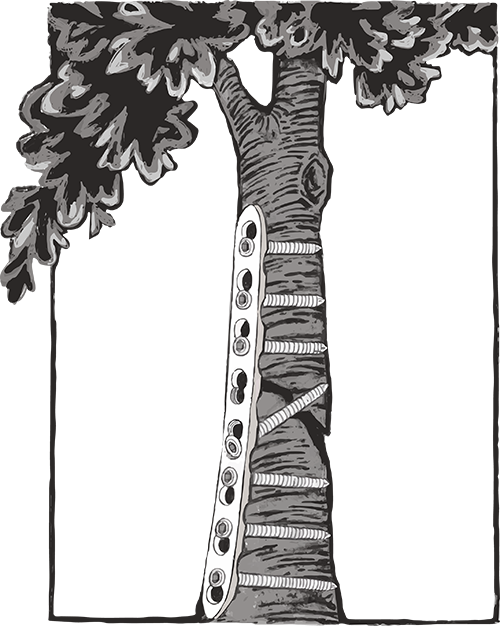Posterior Malleolar Fracture Patterns
Lukas Mangnus
Co-authors: D.T. Meijer, S.A. Stufkens, J.J. Mellema, E.Ph. Steller, G.M.M.J. Kerkhoffs, J.N. Doornberg
We studied the morphology of posterior malleolar fractures using Cole fracture mapping and assessed the reliability of Q3DCT–modeling with respect to quantification of fragment size (in cubic millimeter) and true articular involvement (in square millimeter). CT scans of a consecutive series of 45 patients with an ankle fracture involving the posterior malleolus were reconstructed to calculate (1) fracture maps, (2) fragment volume, (3) articular surface of the posterior malleolar fragment, (4) articular surface of intact tibia, and (5) articular surface of the medial malleolus by 3 independent observers. Fracture mapping revealed (1) a continuous spectrum of posterolateral oriented fracture lines and (2) fragments with posterolateral to posteromedial oriented fracture lines extending into the medial malleolus. Reliability of measurements of the volume and articular surface of posterior malleolar fracture fragments was defined as almost perfect according to the categorical system of Landis. We can conclude that mapping of posterior malleolar fractures revealed a continuous spectrum of Haraguchi III to I fractures and identified Haraguchi type II as a separate pattern. Q3DCT–modeling is reliable to assess fracture characteristics of posterior malleolar fracture fragments. Morphology might be more important than posterior malleolar fracture size alone for clinical decision making.
